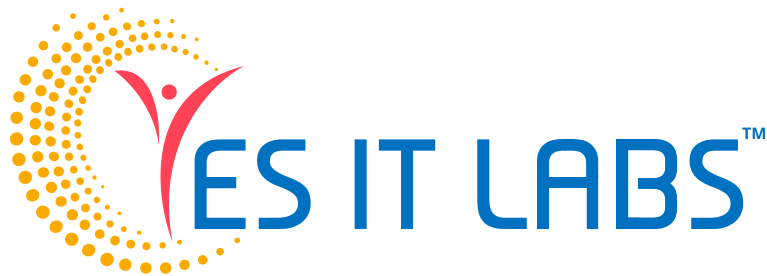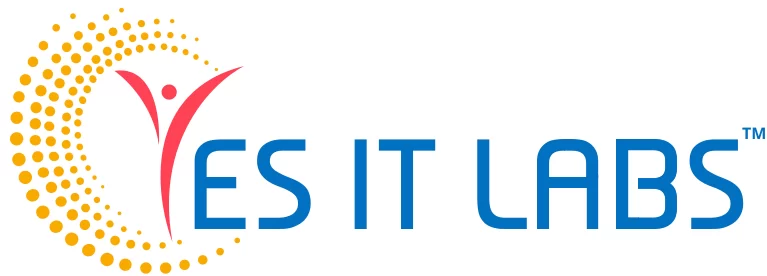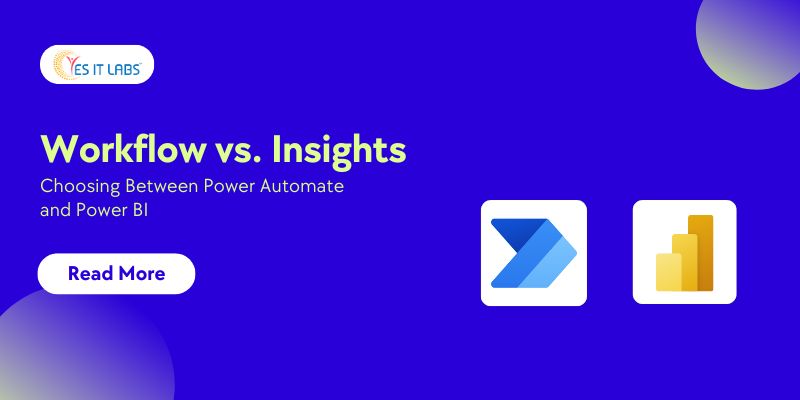In the modern digital workplace, efficiency and data-driven decisions are paramount. Microsoft’s Power Platform offers a suite of low-code/no-code tools to achieve these goals, with Power Automate and Power BI standing out as the top contenders for business users. While both are powerful, they serve fundamentally different, yet complementary, purposes.
This article will break down the core distinctions, use cases, and, crucially, how to choose the right tool or, often, how to use them together.
Power Automate: The Workflow Automation Engine
Power Automate is your digital assistant for automating repetitive tasks and streamlining business processes across various applications and services. Its core focus is on workflow automation, taking action based on defined triggers.
| Key Feature | Description |
| Primary Purpose | Automating repetitive tasks, streamlining workflows, and integrating disparate systems. |
| Core Mechanism | Flows (automated workflows) triggered by events, actions, and an extensive library of over 350 connectors. |
| Low-Code/No-Code | Visual, drag-and-drop flow editor (Flow) makes it accessible for non-developers. |
| Robotic Process Automation (RPA) | Includes Power Automate Desktop for automating tasks on traditional desktop applications (UI flows). |
When to Choose Power Automate
Choose Power Automate Development when your primary objective is to improve operational efficiency and reduce manual effort.
- Automating approvals: Automatically send a new leave request or invoice to a manager for approval and update a SharePoint list upon decision.
- Data synchronization: Automatically log form submissions into a CRM system and notify the sales team.
- Scheduled tasks: Send a daily or weekly reminder email based on a preset schedule.
- Real-time alerts (as part of integration): Send a Microsoft Teams notification when a critical system event or a low-inventory threshold is reached.
If your needs extend beyond out-of-the-box connectors and you require highly specialized system integrations, partnering with a custom application development company can help build custom connectors and APIs to ensure seamless flow operation.
Insight: Organizations effectively implementing Power Automate can reduce operational costs by up to 20%, mainly by automating routine tasks and enhancing workflow efficiency.
Power BI: The Data Analysis & Visualization Powerhouse
Power BI (Business Intelligence) is a sophisticated analytics tool designed to transform raw, complex data into meaningful, interactive visualizations and reports. Its core focus is on data analysis and disseminating insights to support data-driven decision-making.
| Key Feature |
Description |
| Primary Purpose | Connecting to diverse data sources, analyzing data, and creating interactive reports and dashboards. |
| Core Mechanism | Data modeling, the DAX formula language, and a wide array of charts and visualizations to track Key Performance Indicators (KPIs). |
| Low-Code/No-Code | User-friendly interface, though advanced data modeling and DAX require more specialized knowledge. |
| Data Connectivity | Connects to hundreds of data sources, including Excel, SQL Server, cloud services (like Azure), and third-party apps. |
When to Choose Power BI
Choose Power BI when your primary goal is to understand what happened, why it happened, and what might happen next in your business.
- Financial reporting: Create a dynamic dashboard to monitor revenue, expenses, and profit margins in real-time.
- Sales analysis: Visualize sales trends by region, product, and salesperson to identify top performers and areas for improvement.
- Customer behavior analysis: Aggregate customer feedback data from multiple sources to understand satisfaction levels and identify pain points.
- Real-time KPI monitoring: Set up dashboards to track critical operational metrics like website traffic, manufacturing output, or service desk response times.
For businesses with highly complex data landscapes and strict regulatory requirements, engaging with Power BI Development Services ensures that dashboards and reports are built with optimal performance, security, and data governance in mind.
Stat: Power BI’s significance in the market is evident, with over 500,000 customers worldwide leveraging it for enhancing their analytics and reporting capabilities.
The Power of Integration: Workflow Meets Insight
The true strength of the Microsoft Power Platform often lies in combining these two tools. They do not replace each other; they enhance each other. Power Automate acts on the insights generated by Power BI.
|
Integration Scenario |
How It Works |
| Data-Driven Action | Power BI reveals a crucial insight (e.g., “Inventory is critically low“). Power Automate is triggered by this data alert to automatically create a priority purchase order in an ERP system and notify the procurement team via email or Teams. |
| Automated Reporting | Power BI creates a complex monthly sales report. Power Automate is scheduled to automatically export the Power BI report as a PDF or PowerPoint file and distribute it to all stakeholders via email on the first of every month. |
| Interactive Flow Button | A Power BI report includes a custom Power Automate button. A user can filter the report to a specific region and then click the button to trigger a flow that sends a filtered, on-demand report section to the regional manager. |
A significant challenge in these integrations is ensuring the underlying data is clean, fast, and accessible. If your data foundation relies on open-source databases, you may need to hire MySQL developers to optimize database performance and schema for efficient data extraction and analysis by Power BI.
Quick Decision Guide: Which Tool for Your Need?
| Your Business Need | The Go-To Tool |
| “I need to stop doing this repetitive task every hour.” | Power Automate (Workflow) |
| “I need to understand sales performance across all my products.” | Power BI (Insights) |
| “I need to get an email when my project completion rate drops below 80%.” | Power Automate (Triggered by a Power BI data alert) |
| “I need to build a system where new documents are automatically routed for approval.” | Power Automate (Workflow) |
| “I need to see the year-over-year trends for customer support tickets.” | Power BI (Insights) |
Ultimately, the choice hinges on your immediate goal: Do you need to automate a process (Workflow), or do you need to analyze data to make decisions (Insights)? By understanding the distinct roles of Power Automate and Power BI, you can unlock the full potential of the Power Platform and drive genuine digital transformation within your organization.








